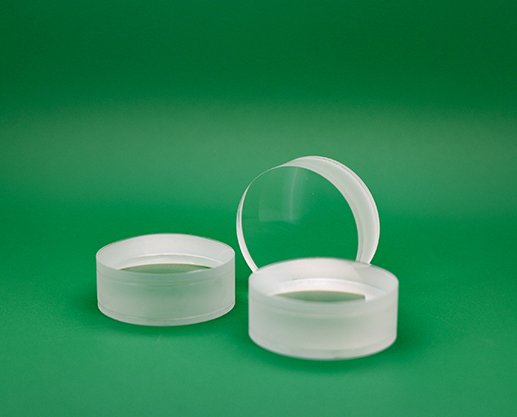How to Select the Right Achromatic Lens for Precision Imaging
Jun. 13, 2025
Introduction
In precision imaging systems, optical performance is critically influenced by the choice of lens. Achromatic lenses, designed to correct chromatic and spherical aberrations, are essential components for high-quality imaging across various industries, including microscopy, photography, laser systems, and scientific instrumentation. This guide explores the key factors and considerations for selecting the right achromatic lens for your application.
What Is an Achromatic Lens?
An achromatic lens, or achromat, is a compound optical lens made from two or more lens elements, typically a positive crown glass and a negative flint glass element. These elements work together to correct color dispersion, bringing two wavelengths (commonly red and blue) into the same focal point. The result is a clearer, sharper image with reduced color fringing and improved focus accuracy.
Why Precision Imaging Systems Need Achromatic Lenses
Chromatic aberration can significantly distort images in precision applications, where high resolution and color accuracy are vital. By minimizing both chromatic and spherical aberrations, achromatic lenses enhance image clarity, contrast, and light transmission — all essential for capturing detailed, true-to-life images in advanced optical systems.

Key Factors to Consider When Selecting an Achromatic Lens
1. Focal Length
The focal length of the lens determines its magnifying power and working distance. Choose a short focal length for high-magnification, close-focus applications like microscopy, and a longer focal length for distant focusing in telescopy or projection systems.
2. Lens Diameter
The clear aperture of the lens affects the amount of light it can gather. Larger diameters offer greater light-gathering capability but may increase system size and cost.
3. Coating Type
Anti-reflective (AR) coatings are crucial for improving light transmission and minimizing reflection losses. Consider single-layer, multi-layer broadband, or narrowband (V-coating) options depending on your wavelength range and application needs.
4. Material Selection
Most achromatic lenses use a combination of crown and flint glass. For specialized applications, consider substrates like fused silica (for UV transmission), or NIR-optimized glass for infrared imaging systems.
5. Operational Wavelength Range
Ensure the achromatic lens is designed for the specific wavelength or spectral range of your application — whether it's visible, UV, or IR.
6. Configuration Type
Choose between doublet, triplet, or air-spaced achromats depending on your desired correction level, aperture, and system complexity. Air-spaced lenses offer higher correction but at increased size and alignment precision.
7. Environmental and Mechanical Considerations
If the lens will be used in harsh conditions — high temperature, vacuum, or vibration — ensure it meets environmental durability standards and mechanical robustness.
Common Types of Achromatic Lenses
Achromatic Doublet Lens: Two-element lens correcting chromatic and spherical aberration for two wavelengths.
Triplet Achromat: Three-element design offering superior correction for higher-performance imaging.
Air-Spaced Achromatic Lens: Two lenses separated by an air gap for enhanced aberration control.
Positive and Negative Achromats: Positive lenses converge light, while negative lenses diverge it — both corrected for chromatic aberration.
Recommended Applications by Lens Type
| Lens Type | Ideal Application |
|---|---|
| Achromatic Doublet | Microscopy, laser focusing, photography |
| Triplet Achromat | High-end imaging systems, scientific research |
| Air-Spaced Achromat | Precision laser systems, advanced telescopes |
| Negative Achromat | Beam expansion, divergence control |
Conclusion
Selecting the right achromatic lens for precision imaging involves carefully balancing focal length, coating, material, and system requirements. Each application — from medical imaging to laser collimation — demands unique specifications to ensure optimal performance. At CLZ Optical Co., Ltd., we offer a comprehensive range of high-precision achromatic lenses, customizable coatings, and tailored optical solutions to meet the diverse needs of global imaging and photonics industries.
Contact us today to consult with our engineers and find the perfect achromatic lens for your application.




















